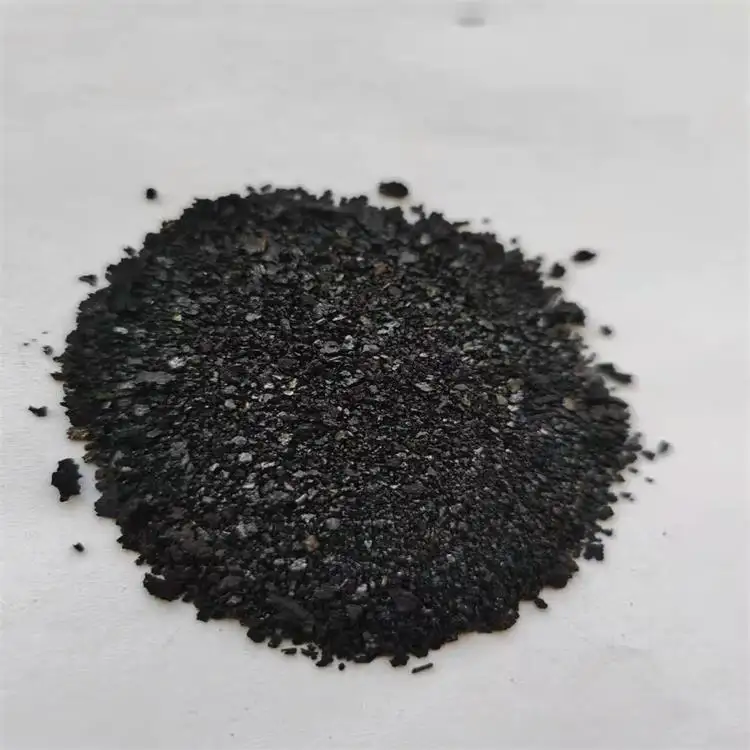Exploring the Benefits and Uses of Indigo Dye Plant Products for Natural Coloring
The Indigeneity of Indigo Dye From Plant to Product
Indigo dye, derived from the leaves of the indigo plant, has a rich history that spans centuries and continents. This beautiful blue dye has been treasured for its vibrant hue and significance in a variety of cultures. Understanding the journey of indigo from plant to product reveals not only the traditional methods of dyeing but also the contemporary resurgence of interest in natural dyes.
The Indigo Plant
Indigo dye comes from plants like Indigofera tinctoria, which grows primarily in tropical and subtropical regions. The leaves of these plants contain a compound called indican, which, when fermented and processed, transforms into indigo. The steps to extract and prepare the dye are labor-intensive, requiring skilled artisans to ensure quality.
Once harvested, the leaves are soaked in water, allowing the indican to ferment. This process produces a yellow-green liquid rich in the dye precursor. The liquid is then agitated to promote the oxidation process, where it turns a deep blue as it reacts with air. This transformation is what makes indigo so unique and profound in its color spectrum.
Historical Significance
Indigo’s history is multifaceted. In ancient civilizations such as those in Egypt and India, indigo was a symbol of wealth and power. In fact, blue dye was often reserved for royalty and high-status individuals. As trade routes expanded, indigo became a significant commodity, influencing economies and cultures across the globe.
In the 17th century, indigo became a major cash crop in the American South, leading to the establishment of plantations primarily run by enslaved labor. The legacy of indigo in colonial economies is complex, intertwined with stories of exploitation and cultural exchange.
indigo dye plant product

Traditional Dyeing Techniques
The techniques for dyeing with indigo have been passed down through generations, often associated with specific regions and communities. Traditional dyeing methods typically involve processes like tie-dyeing or batik, where fabric is tied or waxed to create intricate patterns before being submerged in indigo baths. The artistry involved reflects the cultural heritage of the dyers and is a testament to their craftsmanship.
Eco-friendly and sustainable, natural indigo dyeing has garnered renewed interest in an era increasingly conscious of environmental impact. Unlike synthetic dyes, the negative effects on water systems and human health found in chemical dyeing processes are absent in natural indigo processing.
The Modern Resurgence
In recent years, there has been a revival of interest in natural dyes, spurred by consumers seeking more sustainable fashion choices. Artisans and brands are embracing traditional indigo dyeing methods, often using organic indigo sourced ethically. This resurgence highlights a broader movement towards sustainability and preservation of art forms that honor the environment.
Workshops and courses on indigo dyeing are cropping up globally, attracting enthusiasts eager to learn about this centuries-old craft. These hands-on experiences not only teach sustainable practices but also foster a creative community united by a shared appreciation for color, culture, and history.
Conclusion
The journey of indigo dye from plant to product represents a confluence of nature, culture, and history. As we embrace this age-old craft, we celebrate not only its aesthetic qualities but also the stories of those who have cultivated and crafted with indigo across generations. The impact of indigo dye transcends mere color; it embodies centuries of cultural significance and invites contemporary society to reconnect with nature, art, and ethical sustainability. The enduring legacy of indigo serves as a reminder of the beauty and depth found in traditional crafts and their relevance today.
-
The Timeless Art of Denim Indigo Dye
NewsJul.01,2025
-
The Rise of Sulfur Dyed Denim
NewsJul.01,2025
-
The Rich Revival of the Best Indigo Dye
NewsJul.01,2025
-
The Enduring Strength of Sulphur Black
NewsJul.01,2025
-
The Ancient Art of Chinese Indigo Dye
NewsJul.01,2025
-
Industry Power of Indigo
NewsJul.01,2025
-
Black Sulfur is Leading the Next Wave
NewsJul.01,2025

Sulphur Black
1.Name: sulphur black; Sulfur Black; Sulphur Black 1;
2.Structure formula:
3.Molecule formula: C6H4N2O5
4.CAS No.: 1326-82-5
5.HS code: 32041911
6.Product specification:Appearance:black phosphorus flakes; black liquid

Bromo Indigo; Vat Bromo-Indigo; C.I.Vat Blue 5
1.Name: Bromo indigo; Vat bromo-indigo; C.I.Vat blue 5;
2.Structure formula:
3.Molecule formula: C16H6Br4N2O2
4.CAS No.: 2475-31-2
5.HS code: 3204151000 6.Major usage and instruction: Be mainly used to dye cotton fabrics.

Indigo Blue Vat Blue
1.Name: indigo blue,vat blue 1,
2.Structure formula:
3.Molecule formula: C16H10N2O2
4.. CAS No.: 482-89-3
5.Molecule weight: 262.62
6.HS code: 3204151000
7.Major usage and instruction: Be mainly used to dye cotton fabrics.

